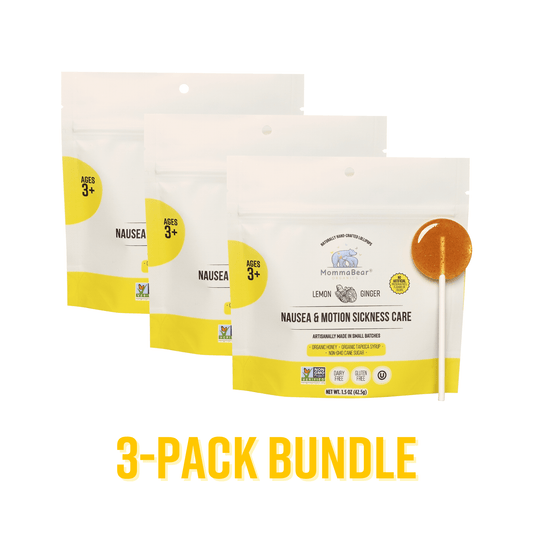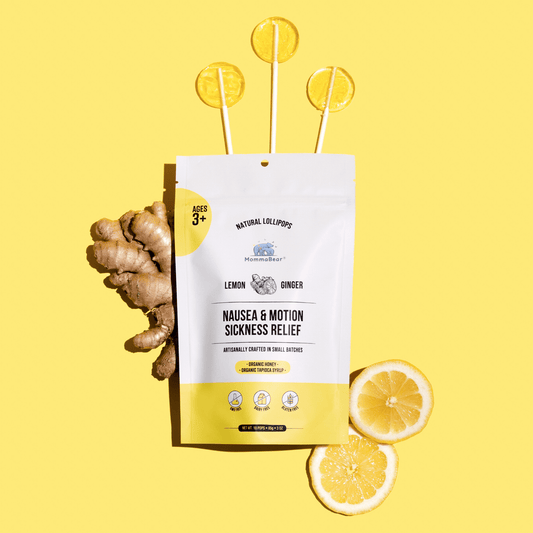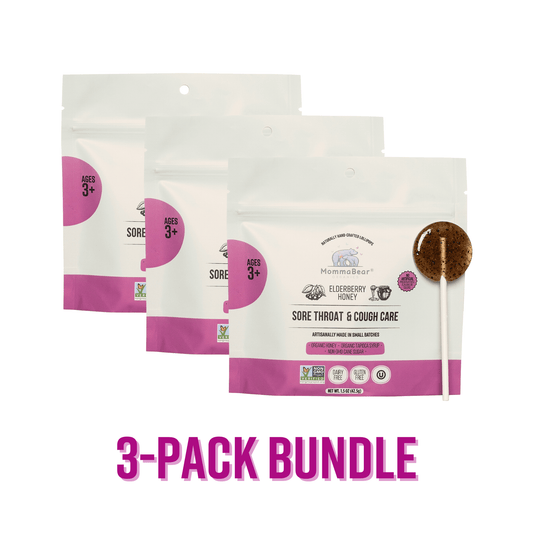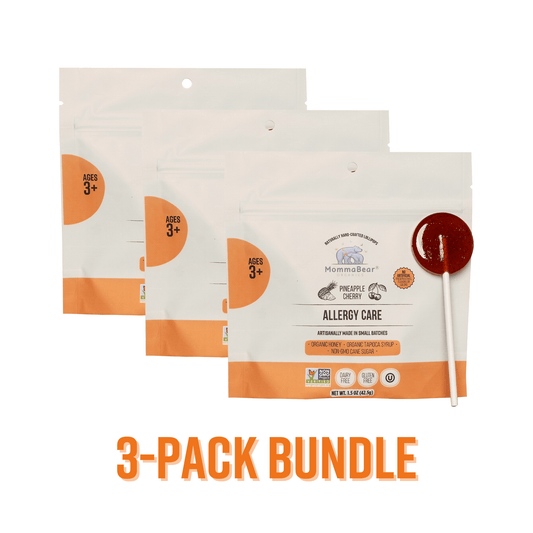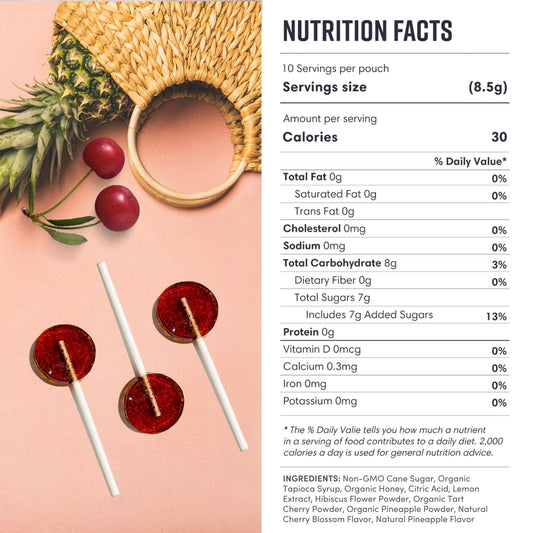Lollipops. Just the word makes me think of being a kid, right? A quick little treat, a splash of color. But as a mom, I also get that little twinge of guilt. We’re always told they’re just pure sugar, a dentist’s nightmare. I’ve been thinking about this a lot lately, trying to figure out if they’re really as bad as everyone says. So, I did a little digging, and I wanted to share what I've been learning. It's not as black and white as I thought.
Understanding the Basics of Lollipops
To really get my head around it all, I figured I had to start with the basics. You know, what’s actually in a lollipop? It feels a little silly to break it down, but knowing what they're made of helps me feel like I can make a better choice instead of just blindly saying "no" to my kids (and myself, let’s be honest).
What are Lollipops Made Of?
So, I looked it up, and here’s the usual list of suspects.
-
Sugar: No surprise there. It’s what makes them sweet.
-
Corn syrup: This is what keeps them from getting all grainy and weird.
-
Flavorings: The cherry, the grape, all that good stuff.
-
Colorings: What gives them those bright, fun colors.
-
Acidulants: Like citric acid. That's what gives sour lollipops their kick.
Honestly, it’s mostly just different kinds of sugar. Some have other things tossed in, like gelatin to make them thicker. And then you have the sugar-free ones, which use substitutes I’m still trying to learn more about. I’ve also seen some really interesting ones lately that use natural sweeteners, like stevia, which is cool. It feels like companies are finally realizing that some of us want a treat without all the… well, without all the junk. And the flavors now are just wild—I mean, it's not just cherry anymore. You can find just about anything.
The Nutritional Breakdown of a Lollipop
And when you look at the numbers, it's pretty straightforward. This is what I’ve pieced together as a general idea.
|
Nutrient |
Amount per Lollipop |
|---|---|
|
Calories |
60-100 |
|
Sugar |
15-20 grams |
|
Fat |
0 grams |
|
Protein |
0 grams |
|
Sodium |
0-5 mg |
Seeing it written out like that, it’s clear they’re pretty much just a hit of sugar and calories. There’s not much else going on, nutritionally speaking. And yeah, that’s where the worry comes in. I know firsthand what that sugar rush feels like—that quick spike of energy followed by the crash an hour later. It’s a cycle, you know? And of course, I’m always thinking about my kids’ teeth. It’s hard not to when you’re handing them what’s basically a sugar stick. It’s all about balance, I guess.
Debunking Common Myths About Lollipops
We all have these ideas in our heads about certain foods being "good" or "bad." Lollipops definitely fall into the "bad" camp for most people. But I started wondering if all those things we hear are actually true, or just things we repeat without really thinking about it.
Myth 1: Lollipops are Just Sugar and Nothing Else
I used to believe this 100%. Just empty, sugary calories. And for the most part, yeah, sugar is the star of the show. But then I started looking at the labels on some of the newer, more natural brands. Some of them actually use real fruit extracts. I mean, it’s not a salad, but it’s nice to know it’s not all just artificial flavors. It makes the whole experience feel a little more real, a little more grounded.
Myth 2: Lollipops Cause Cavities
This is the big one, the classic mom worry. And of course, sugar isn't great for your teeth. But what I'm learning is that it's not quite that simple. A single lollipop isn’t going to instantly rot your teeth. It’s more about how often you’re eating sugar and how well you take care of your teeth afterward. If my kid has a lollipop once in a while and then brushes their teeth, the risk is a lot lower. I also read somewhere about lollipops made with something called xylitol, which apparently can actually help your teeth. So, it turns out not all lollipops are created equal in the tooth department, which was a surprise to me.
Myth 3: All Lollipops are High in Calories
Yeah, I always just assumed they were little calorie bombs. But when you actually look, some are not as bad as you'd think, especially compared to, say, a candy bar or a slice of cake. And there are so many sugar-free or low-calorie options out there now. You just have to read the package. It's kind of opened my eyes a bit. It’s not just the classic candy aisle stuff anymore; there are some really thoughtful, gourmet-style lollipops with interesting flavors like lavender or chili. It feels less like junk food and more like a small, intentional treat.
Unveiling the Facts About Lollipops
So, beyond the myths, I just wanted to get to the real story. What’s the deal with lollipops and our health?
Fact 1: The Role of Sugar in Lollipops
Okay, so sugar is the main ingredient. It gives you that quick burst of energy, which can feel great for a minute. But we all know that too much sugar, in general, isn't a great idea. It can lead to all sorts of issues down the road. For me, it’s been about thinking about sugar not just in one lollipop, but in everything else we eat all day. I had this moment where I realized the sugar in fruit is different from the added sugar in candy because the fruit has fiber and vitamins. It seems so obvious now, but that was a real lightbulb moment for me.
Fact 2: The Impact of Lollipops on Dental Health
So, the cavity thing really does come down to habits. If you're snacking on sugary things all day, the bacteria in your mouth are having a field day. That's what causes the problems. But having a lollipop and then being done with it, maybe drinking some water and brushing later, is a totally different story. I've seen a lot of the "sugar-free" ones, and while they might be better for your teeth, I'm still trying to figure out how I feel about all the different artificial sweeteners. It feels like you’re just trading one thing for another, you know?
Fact 3: The Caloric Content of Lollipops
Compared to a lot of other snacks, lollipops aren't actually that high in calories. But the problem, for me at least, is that they’re so easy to eat without thinking. They’re tied to so many memories—parties, doctor’s visits, holidays. It’s easy to have one, then another, and not even realize it. That mindless eating is where the calories can start to add up. It’s that emotional connection that makes it so tricky.
The Good, the Bad, and the Sweet: A Balanced View on Lollipops
When I step back and look at it all, I think lollipops are one of those things that are perfectly fine in their place. They're a treat, a little bit of fun, not something we should be having every day. It's about seeing them for what they are and enjoying them that way.
The Potential Benefits of Lollipops
So, they’re not all bad. Here's what I think the good parts are.
-
Pleasure: I mean, come on. They taste good. Sometimes a little sweetness just makes your day better.
-
Localized flavor: They're a fun little explosion of flavor.
-
Portion control: They come in their own little wrapper. One is one. It’s not like a bag of chips you can just keep eating.
When you think of it as just an occasional treat, it’s really just a small moment of joy. There’s something mindful about it, too. You can’t really rush a lollipop. It forces you to slow down for a few minutes. And that nostalgia is a real thing. It’s a little taste of childhood, and sometimes, that’s just what you need.
The Health Risks Associated with Lollipops
And then there's the other side of the coin. These are the things I try to keep in mind.
-
Weight gain: If you’re having them all the time, the calories can add up.
-
Dental problems: That sugar can still be rough on your teeth.
-
Sugar addiction: The more you have, the more you crave. It’s a real cycle.
Being aware of this stuff helps me stay grounded. I'm also getting better at reading labels. I used to think all lollipops were the same, but some have artificial colors and flavors that I’d just rather avoid. And that sticky texture... yeah, that’s probably the worst part for teeth, because it just hangs around for so long. It’s just about being smart about it.
Making Informed Choices About Lollipops
So with all this information, what do we actually do? For me, it's about feeling empowered to make a choice that feels right for my family, instead of just feeling guilty.
Choosing Healthier Lollipop Alternatives
Now when I'm shopping, here's what I look for.
-
Sugar-free: Made with natural substitutes if I can find them.
-
Organic: Less weird stuff, more real ingredients.
-
Low-calorie: Just to keep things in check.
It's nice to know these options are out there. It makes it feel like I can still give my kids a treat without feeling like I’m totally derailing our healthy habits. I've even found some that have added vitamins, which is a clever idea. It feels a little less like candy and a little more like a functional treat.
Moderation is Key: The Role of Lollipops in a Balanced Diet
At the end of the day, this is what it all boils down to for me: moderation. A lollipop every now and then is not going to ruin everything. It’s about the big picture. As long as we’re eating well most of the time, a little treat isn't a big deal. I’m learning to listen to my body, and my kids’ bodies, and make choices that feel good for us.
I read a neat little tip somewhere that I've started using. If you have a sweet treat like a lollipop after a proper meal, it’s better for your blood sugar because the other food slows down how fast the sugar hits your system. It's small things like that, you know? It helps you feel like you can have your cake—or lollipop—and eat it too, without feeling like you’re doing something wrong.
It's funny how something as simple as a lollipop can make you think so much. I guess it’s just another one of those little things in parenting, and in life, that isn’t really about the thing itself. It’s about finding that balance between joy and health, between saying "yes" and "no." It's a constant learning process, isn't it? I don't think I'll ever have it all figured out perfectly, but I feel a little better about it today than I did yesterday. And that’s probably enough.


